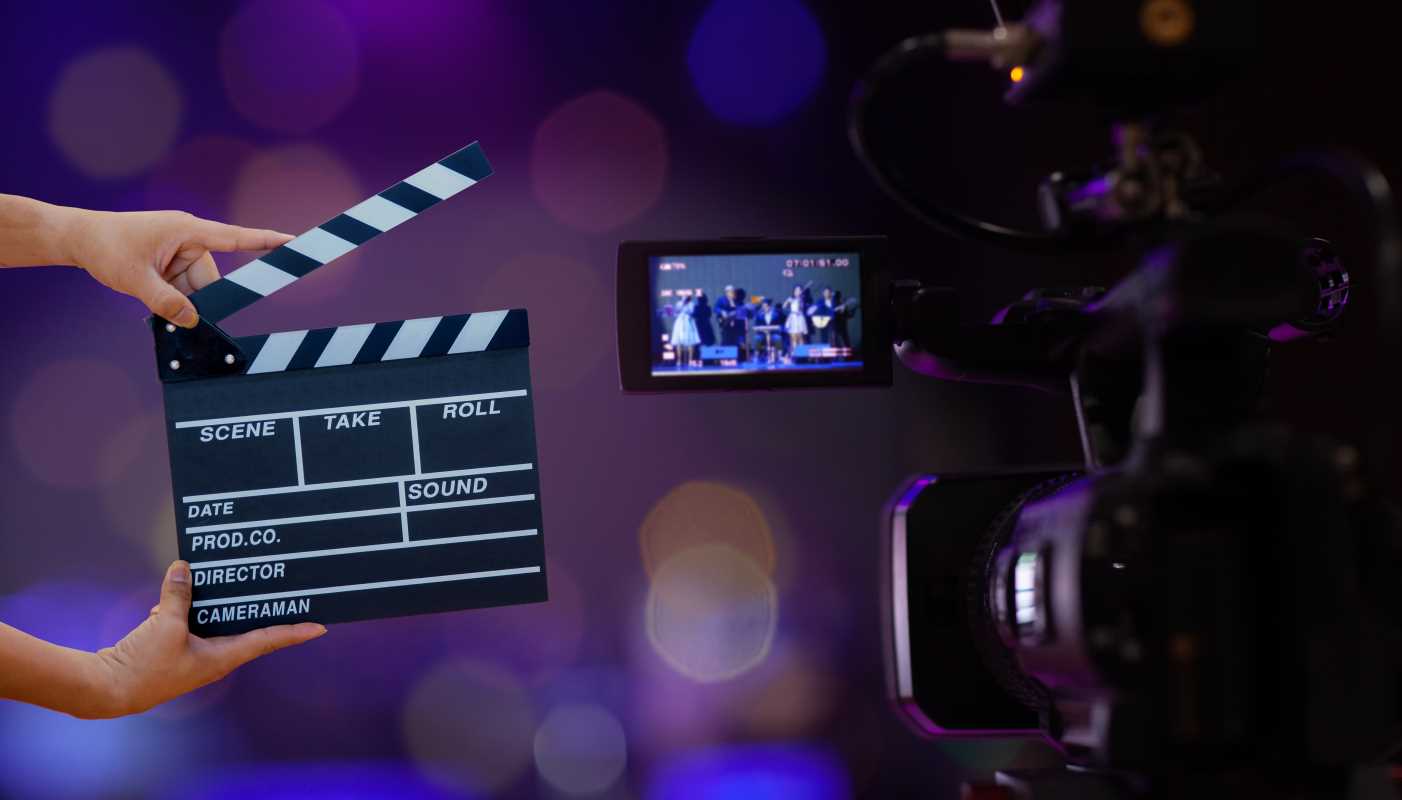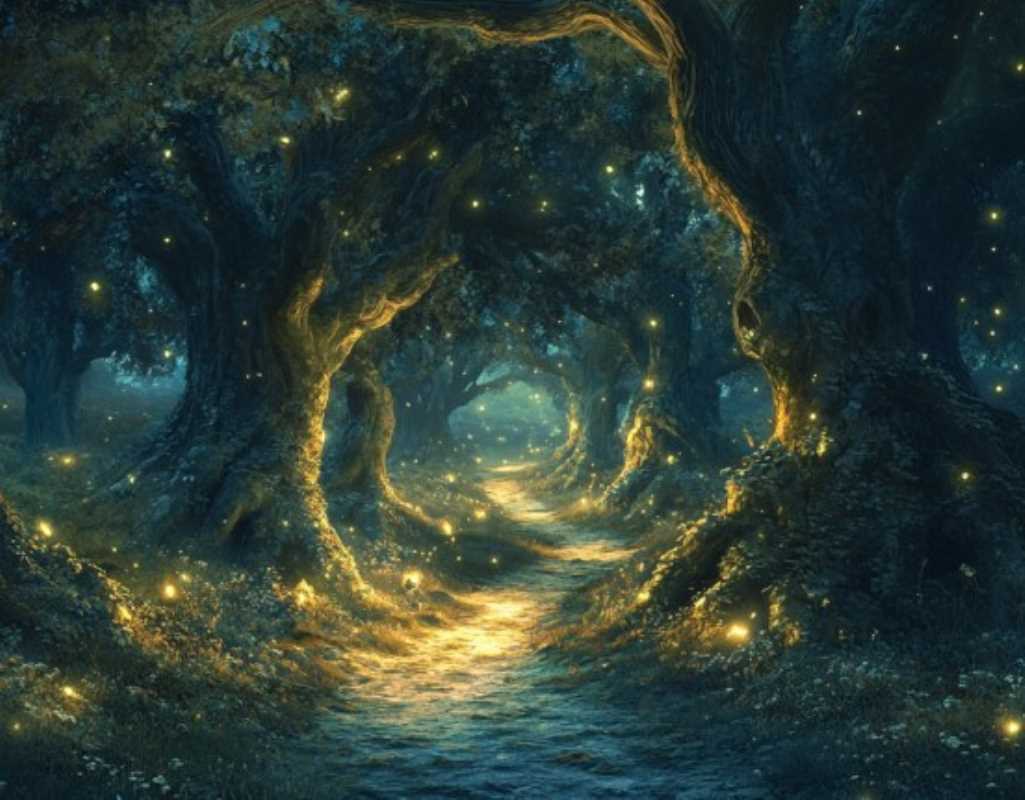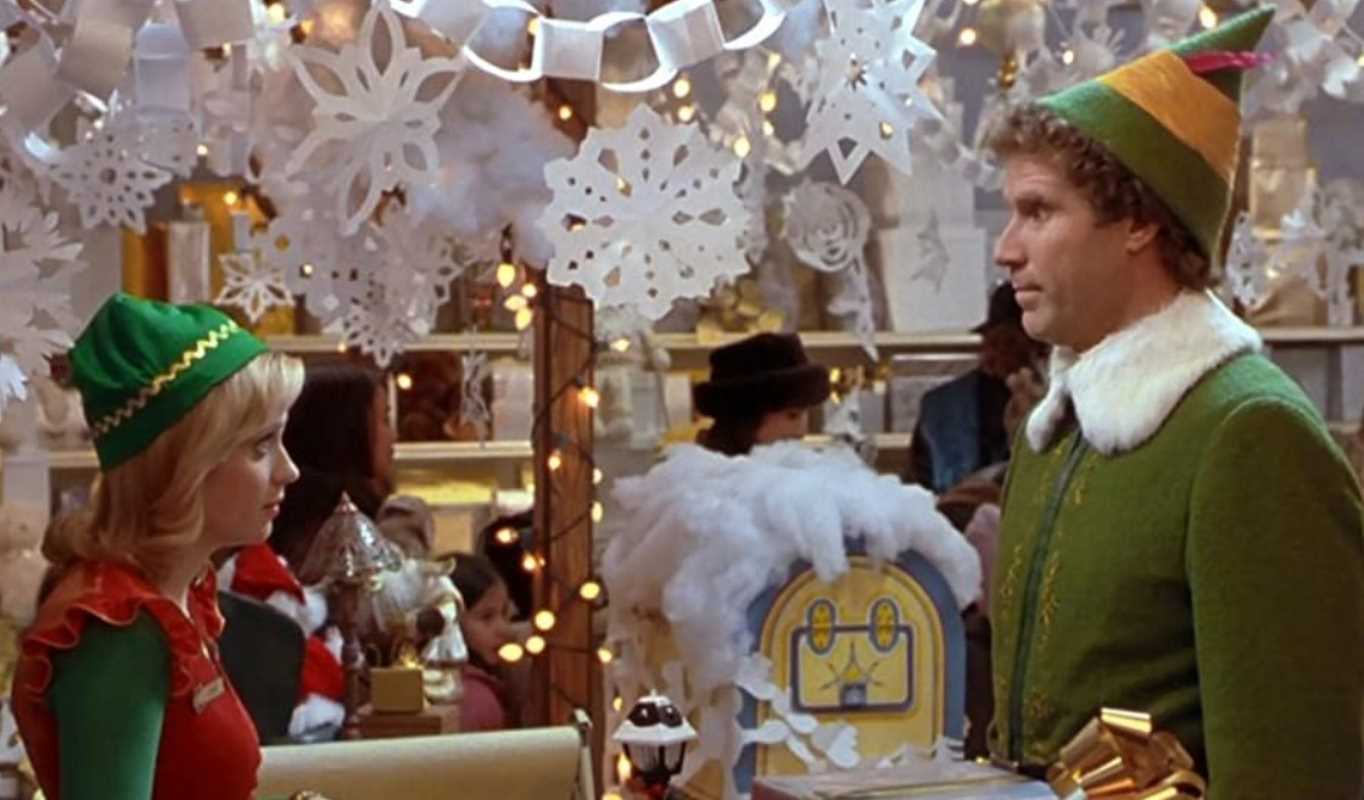Have you ever found yourself deep in the rabbit hole of fan theories surrounding your favorite TV shows? It's no secret that fans love to speculate, hypothesize, and dissect every frame of their beloved series. These theories not only breathe new life into the shows but also create a sense of community among fans eager to share their insights and predictions. Let's dive into some of the most intriguing fan theories that have emerged from popular TV shows and explore how they have captivated audiences worldwide.
The Multiverse Theory in "Stranger Things"
One fascinating theory that surfaced among fans of "Stranger Things" is the multiverse theory. This theory suggests that the hit series exists in a multiverse where parallel universes overlap and influence each other. According to this idea, the Upside Down is just one of many alternate realities that exist alongside our own. Fans point to the show's exploration of various dimensions and the mysterious nature of the Upside Down as evidence supporting this theory. The multiverse concept offers a fresh perspective on the supernatural occurrences in Hawkins, Indiana, suggesting that the town's bizarre events might be the result of interactions between multiple realities. This theory has sparked countless discussions online, with fans speculating about the potential for even more alternate dimensions to be revealed in future seasons.
The "Breaking Bad" Sequel Theory
Fans of "Breaking Bad" have long debated the fate of Walter White's former partner, Jesse Pinkman, after the series finale. One compelling theory proposes that the character of Todd Alquist is actually a prequel to Jesse Pinkman. This theory posits that Todd's interactions with Walter White set in motion the events that would ultimately lead Jesse down a dark path. Fans have pointed to Todd's manipulative nature and his influence on Jesse as evidence of this connection. The interconnected nature of the "Breaking Bad" universe adds layers of complexity to the characters' backstories, allowing fans to delve deeper into the motivations and hidden histories of their favorite characters. This theory has gained traction among fans, particularly after the release of "El Camino: A Breaking Bad Movie," which further explored Jesse's journey.
The Time Loop Theory in "The Office"
"The Office" is known for its quirky humor and memorable characters, but fans have dug deeper to uncover a mind-bending theory about the show's timeline. The time loop theory proposes that the characters in Dunder Mifflin Scranton are stuck in a repeating time loop, explaining the mundane yet familiar nature of their daily routines. According to this theory, the characters are trapped in a perpetual cycle of office antics, with each episode representing a new iteration of the same events. Fans have pointed to the show's repetitive nature and the characters' inability to escape their circumstances as evidence supporting this theory. While the time loop theory may seem far-fetched, it adds a new dimension to the workplace comedy, suggesting that the characters are destined to relive their office lives indefinitely.
The Jon Snow Parentage Theory in "Game of Thrones"
One of the most enduring fan theories to come out of "Game of Thrones" revolves around the true parentage of Jon Snow. Fans speculated for years about Jon's mysterious heritage, leading to the popular R+L=J theory. This theory posits that Jon is not the illegitimate son of Ned Stark but rather the offspring of Rhaegar Targaryen and Lyanna Stark. This revelation, supported by clues scattered throughout the series, added depth to Jon's character and motivated his actions. The confirmation of Jon's true parentage in the series finale validated this long-standing fan theory, much to the satisfaction of dedicated viewers who had pieced together the story over multiple seasons. This theory not only enhanced the narrative complexity of "Game of Thrones" but also demonstrated the power of fan engagement in uncovering hidden plotlines.
The Dream Sequence Theory in "Friends"
"Friends" is a beloved sitcom that has sparked numerous fan theories over the years, including the infamous dream sequence theory. This theory suggests that the events of the entire series are a figment of Phoebe Buffay's imagination as she sits in Central Perk. According to this interpretation, Phoebe crafted elaborate storylines for her friends based on brief interactions with them, creating a fictional world to cope with her own struggles. While this theory may seem far-fetched, it offers a unique perspective on the classic sitcom, inviting fans to reconsider the reality of the show's events and characters. The dream sequence theory adds an intriguing twist to the series, highlighting the role of imagination and perception in storytelling.
The Role of Social Media in Fan Theories
Social media platforms like Reddit, Twitter, and fan forums play a crucial role in spreading and discussing these fan theories. They provide a space for fans to share their insights, debate possibilities, and collectively build on each other's ideas. The rapid dissemination of theories through social media allows them to gain traction quickly, reaching a wide audience and fostering a sense of community among fans. Creators of TV shows sometimes take note of these discussions, with some acknowledging popular theories or even incorporating fan ideas into their narratives. This dynamic interaction between fans and creators enhances viewer engagement and contributes to the cultural significance of the shows.
As fans continue to dissect and analyze their favorite TV series, new and intriguing theories will undoubtedly emerge. Whether these theories add depth to the storytelling or simply spark lively debates among fans, one thing is certain: the world of television is rich with possibilities and interpretations waiting to be uncovered. These theories not only enrich the viewing experience but also demonstrate the enduring power of storytelling to captivate and inspire audiences worldwide.






